Beira Green Infrastructure Park
Monument to Transformation
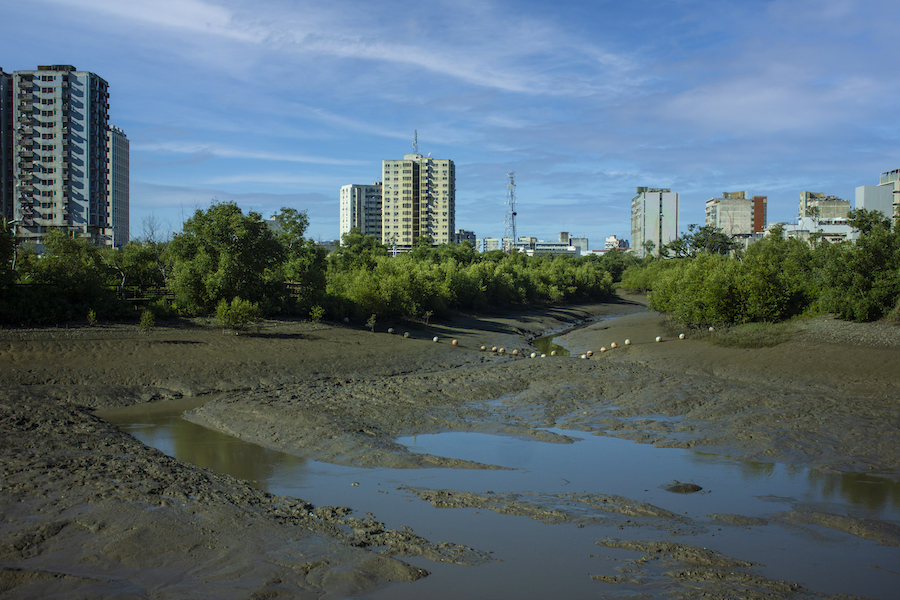
The morning drags the tide. But the earth, muddy, seems alive. The city lurks among the mangroves on the banks of the river. We are in the Beira Green Infrastructure Park , named after the river, the water snake that made the city grow.
We had already been here, in 2020, for a guided tour by Maria de Pinto Sá, the artistic curator of the permanent exhibition, which is also a dialogue between generations of visual artists and the blurring of borders. The doors were not yet officially open. The silence was broken by our shuffling steps that seemed to threaten the birds grabbing the branches of the trees. On this return, the birds seem more accustomed to the movement of visitors, as if they were resigned to their position as the Park’s calling card.
Adding the four basins, there are about 40 hectares that make the lung of Beira the largest Urban Park in Africa.
Advertising
Opened in 2020, as Obedias Muchina explains, director of the Communication and Image Office of the Municipality of Beira, the Park was the culmination of a rehabilitation project of the Chiveve river channel carried out in 2013. “During the city-wide rehabilitation of the sewage system, there was a need to preserve the Chiveve River and a Park was designed that could take advantage of the banks”, says Muchina .
Adding the 4 basins, there are about 40 hectares that make the lung of Beira the largest Urban Park in Africa. With the infrastructure, managed by the Municipal Company of Rio Chiveve , about 30,000 families that suffered from floods no longer curse the rainy season. And the river is the point of arrival for drainage ditches that drain wastewater. But also the escape valve for the waters of an almost always turbulent sea.
On the banks of the river, five species of mangrove were planted. Several other species of trees can also be seen in the numerous green areas, with emphasis on the baobab garden ready to sprout in the coming years. And there are trees, uprooted by the fury of Cyclone Idai in 2019, which, with the gray of wear and tear, continue to serve as witnesses of that phenomenon. But they also testify to the resilience of which Beira is already a great example. As one of the signs reads, dead trees are natural habitats for other living beings. So we come to Lavoisier: in nature, nothing is created, nothing is lost, everything is transformed. And this Park is a great monument to transformation.
Issue 75 Sept/Oct | Download.
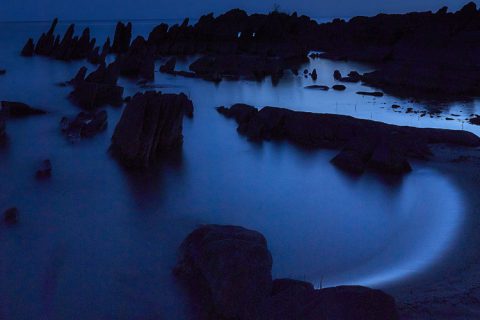
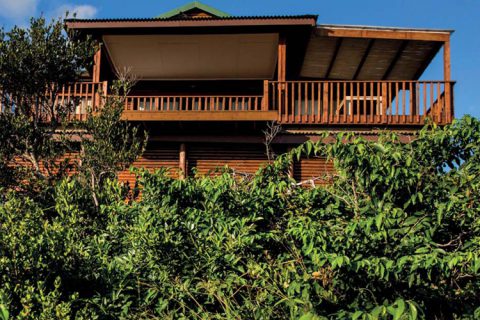

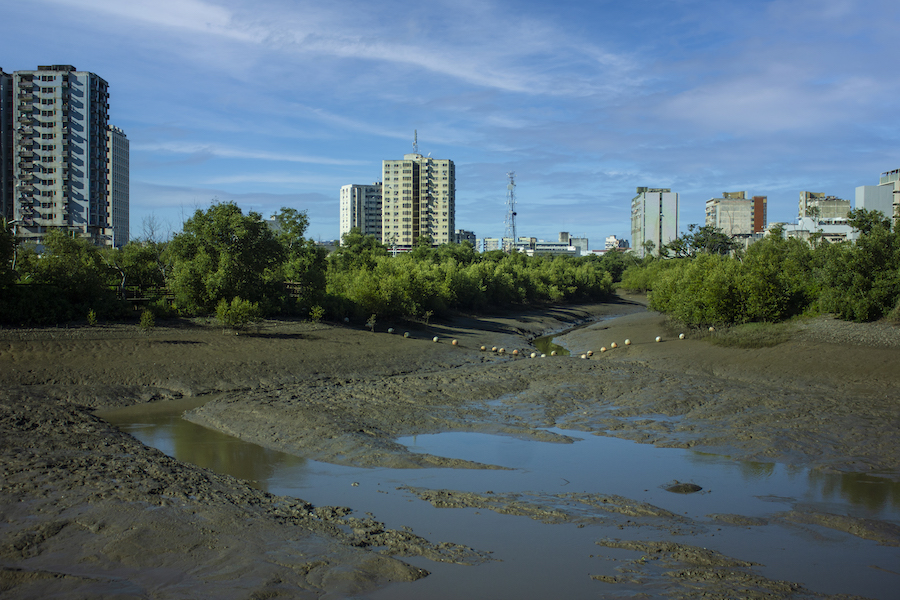

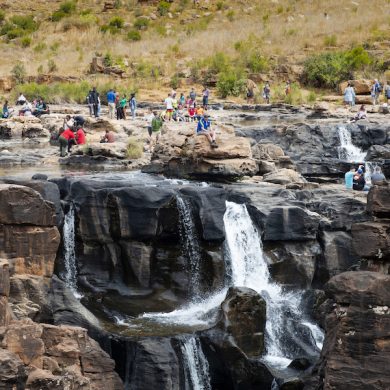

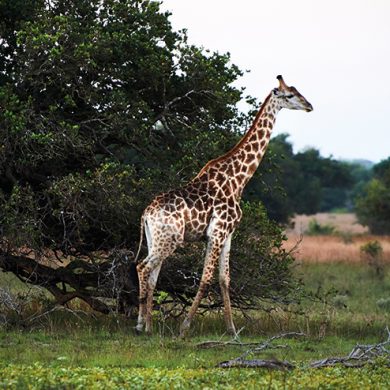
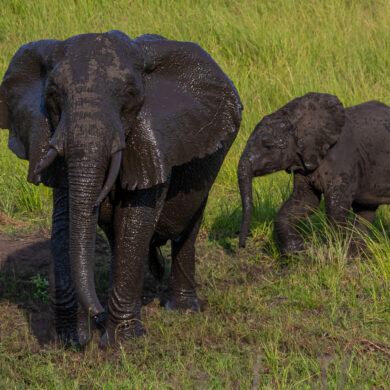
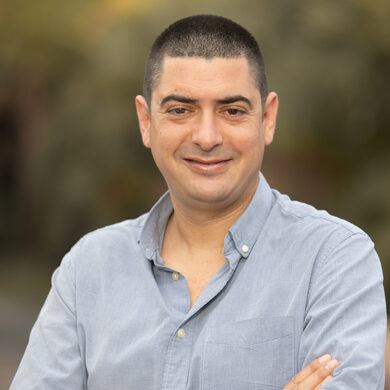
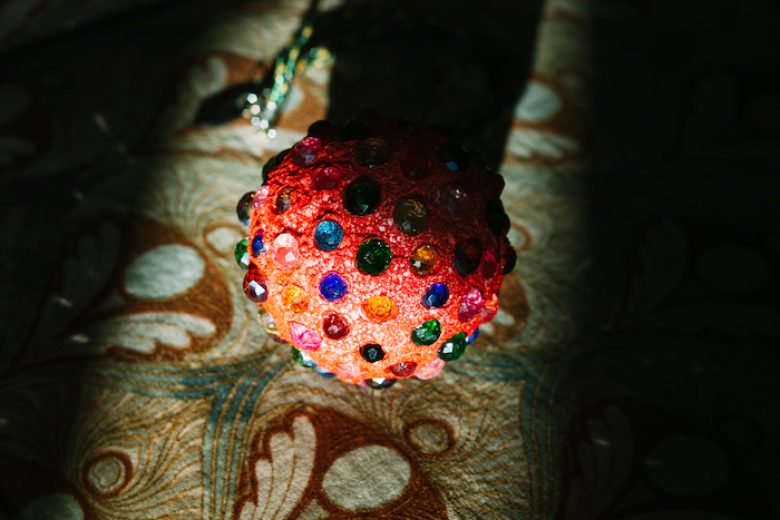
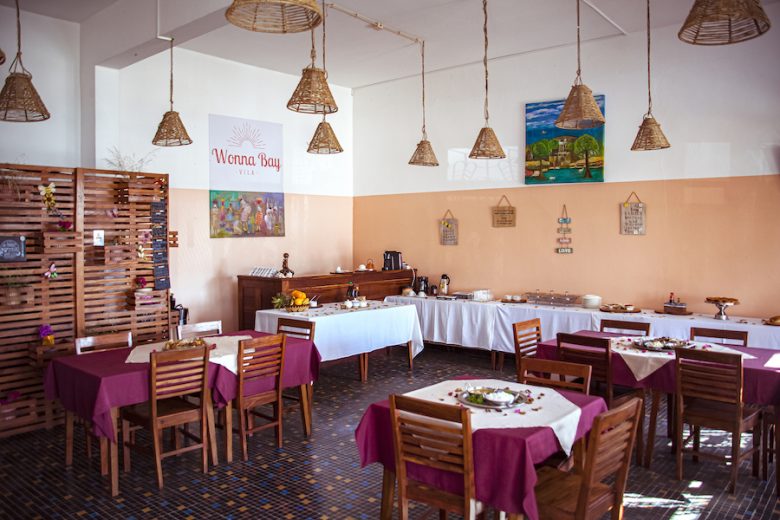












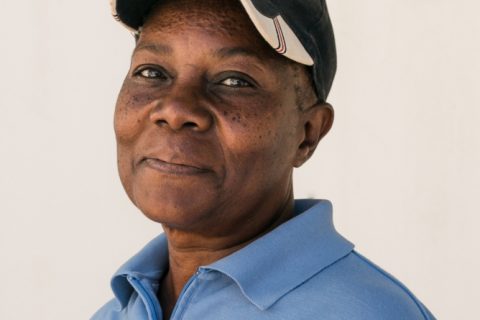
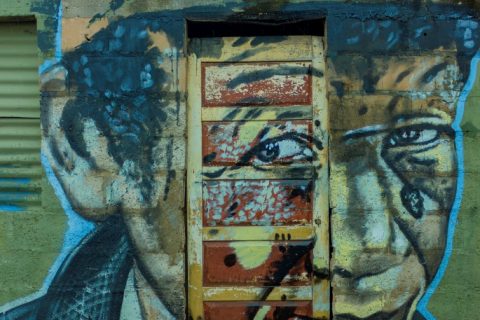


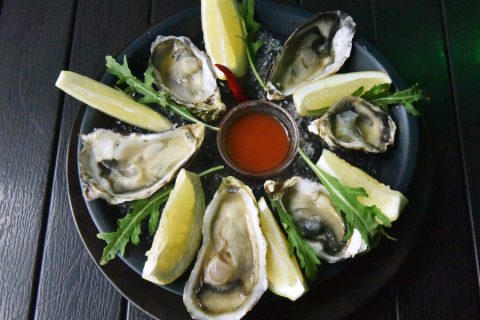
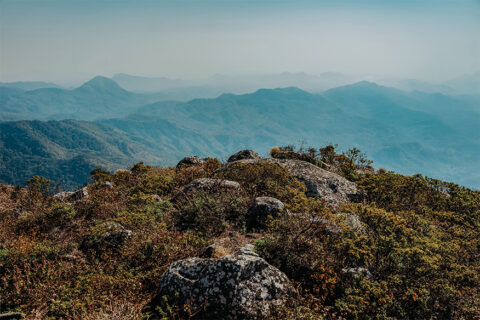


0 Comments